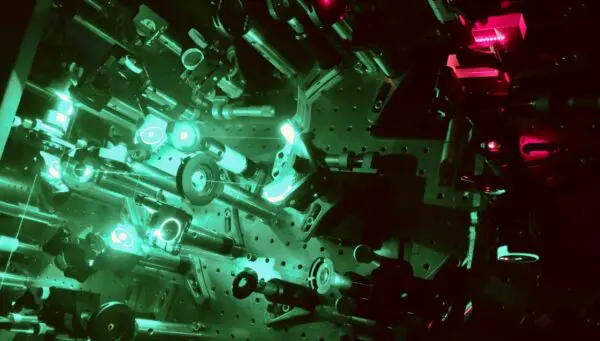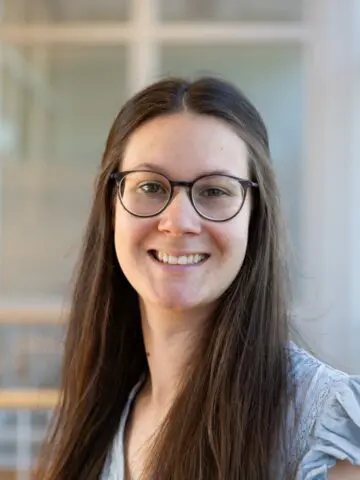Magnetisme op het randje

 Naar de hoofdinhoud
Naar de navigatie
Naar de hoofdinhoud
Naar de navigatie
De Zachte Gecondenseerde Materie & Nanomaterialen-groep onderzoekt voornamelijk magnetische levitatie, de uitlijning van moleculaire systemen en in situ monitoring van kristalgroei.
Soft condensed matter is characterized by interactions operating on an energy scale comparable to room temperatures and readily undergoes deformation or structural modification. Typical examples are liquid crystals, molecular aggregates, polymers and colloidal suspensions, but also biological cells. We exploit strong magnetic forces to manipulate soft matter and to organize it on various length scales.
The main techniques are magnetic alignment and magnetic levitation. For example, we investigate the influence of high magnetic fields on living biological cells, an inquiry critical not only for fundamental research but also for advancing clinical magnetic resonance imaging technology. Magnetic levitation is used to pioneer scaffold-free biofabrication of tissue spheroids, a crucial step toward constructing complex organ structures, laying the groundwork for scaffold-free 3D bioprinting.
Exploring the realm of polymersome nanomotors unveils promising avenues for drug delivery and molecular manipulation. Magnetic forces enable discrimination between nanocapsules of diverse shapes and open avenues for controlled encapsulation and release of nanomaterials. Through the design and synthesis of amphiphilic polymers, we aim to engineer nanomotors with tailored functionalities, leveraging high magnetic fields to steer their motion and unravel fundamental mechanisms.
In a second line of research, we explore the strong light-matter interaction in semiconducting materials with the goal to combine their optical properties with their magnetic and structural properties. The materials under study are relevant for electro-optic, photovoltaic, lighting and spintronic applications. Typical examples are organic semiconductors for singlet fission, which is an innovative method to boost the performance of photovoltaics, and halide perovskite semiconductors, which are relevant for low cost, easy-to-fabricate, flexible, thin film solar cells with high efficiency. Lead-free double halide perovskites are a newly emerging class of materials with intriguing optical, magnetic and structural properties.
A last class of materials under study are van der Waals materials, which can now be prepared in a large variety, including transition-metal dichalcogenides and transition-metal thiophosphates, which allow to study elementary optical excitations in the presence of magnetic order and/or a honeycomb crystal structure.
| Label | Content |
|---|---|
| Auteur(s) | Vanuit HFML-FELIX: Peter Christianen |
| Jaar | 2025 |
| Journal | npj Nanophotonics volume 2 |
| Label | Content |
|---|---|
| Auteur(s) | Arjun Ashoka, Adam J Clancy, Naitik A Panjwani, Adam Cronin, Loren Picco, Eva SY Aw, Nicholas JM Popiel, Alexander G Eaton, Thomas G Parton, Rebecca RC Shutt, Sascha Feldmann, Remington Carey, Thomas J Macdonald, Cheng Liu, Marion E Severijnen, Sandra Kleuskens, Loreta A Muscarella, Felix R Fischer, Hilton Barbosa de Aguiar, Richard H Friend, Jan Behrends, Peter CM Christianen, Christopher A Howard, Raj Pandya |
| Jaar | 2025 |
| Journal | Nature 639, 8054 |

Meer info over Peter

Meer info over Maarten

Meer info over Hans

Meer info over Masoumeh

Meer info over Kingshuk

Meer info over Konstantina

Meer info over Ian

Meer info over Luca

Meer info over Hannah